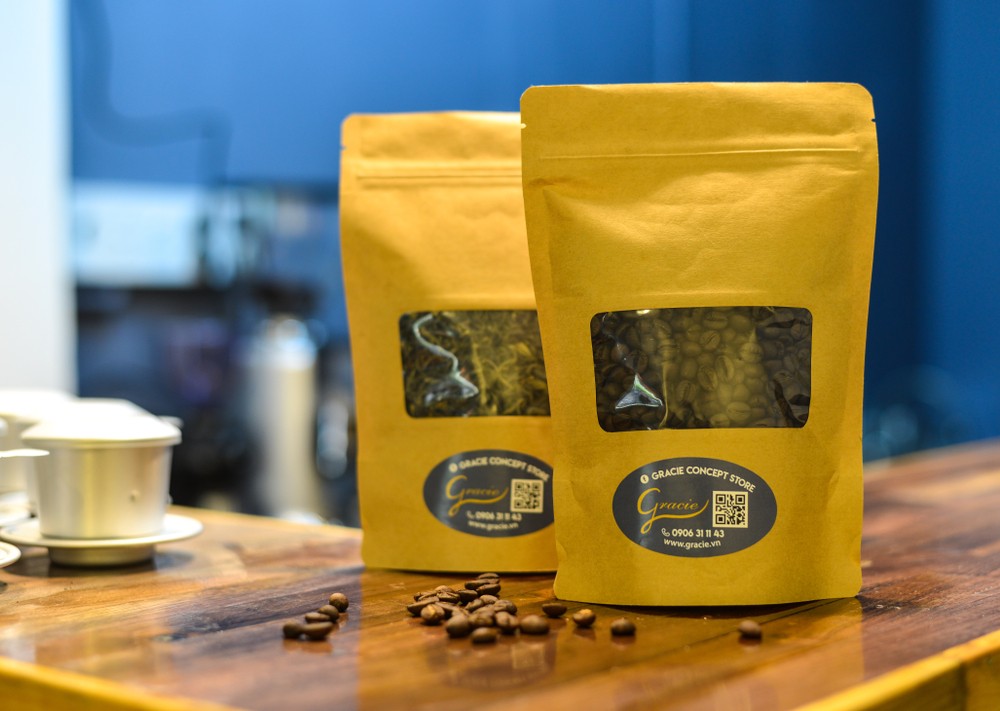How Do You Seal Stand-Up Pouches?
10 February 2023
There are two primary methods that you can use to seal stand-up pouches. Both involve heat, pressure, and a certain amount of time. The main differences are how quickly the sealing takes place and what the seal looks like.
For companies that use stand-up pouches, it's essential to ensure that you seal them correctly. This is better for the integrity of the package and for your customers also.
Why Should You Seal Stand-Up Pouches?
Our heat sealing gives customers the ultimate satisfaction that their beautifully-designed product is safe. It offers the assurance that their product has never been opened.
When companies seal stand-up pouches, they protect the product from environmental contamination. Debris, dust, dirt, and more, won't be able to penetrate the seal, which is reassuring for customers.
Additionally, The Packaging Lab’s stand-up pouches are versatile and convenient, and a sealed pouch preserves the contents for longer. The bag contains a heat-sealable laminated interior, which is essential for the sealing process to work.
Varying Methods to Seal Stand-Up Pouches
There are multiple ways we seal stand-up pouches at The Packaging Lab:
Impulse Sealing
Impulse sealer doesn't need a warm-up time and prolonged heating; it's only hot when you use it. The machine only utilizes electrical power when the lever gets lowered. It's best to use an impulse sealer for polyurethane (PE) and other thermoplastic materials. It's also the best for polypropylene (PP), as it requires a lower sealing temperature.
Impulse sealers have a hinge on one side; you push it down, it heats up, and it makes a small band seal across the top of the pouch. It seals packages by applying a pulse of energy to the area, followed by immediate cooling.
Pros
When you use electricity periodically, you not only consume less power, but you reduce operational costs as well. You only supply a high level of heat when the lever is pressed down, which reduces the likelihood of burns.
Cons
Since you're applying manual heat, it's possible that you can compromise the level of sterility if you don't hold the pouch between the heated bars for a sufficient amount of time. Also, other sealers are more effective at producing an airtight seal.
Band Sealers
Band sealers are rear when dealing with a high volume of packaging and sealing thermoplastic materials such as plastic-lined, polyethylene, gusseted bags, and foil. You can set the operating speeds higher and lower without compromising the sealer. There are many features of a band sealer, like being capable of adjusting the conveyor belt by lowering or raising it. You can even angle it to accommodate any package.
A band sealer is a continuously heated band that typically has a small conveyor built into the machine and rotates. Just put your pouch on the conveyor and make it through the sealer. When the bag goes through the conveyor belt, the sealer places heat and pressure on the bag to seal it. The seal is constant and high quality because the machine consistently applies the same heat levels, time, and pressure to every seal. Compared to the impulse sealer, it looks better because the seal is broader and more presentable.
Pros
This type of sealer is not particular to any one sector—every industry can use the band sealer. Band sealing offers a highly controlled temperature; it doesn't rise and then fall like the heat levels of an impulse sealer. Continuous band sealing is also better suited for thermoplastic and poly-coated materials. Since the sealer remains hot after use, there are protective barriers to reduce the chances of getting burned.
Cons
The sealing bars remain at the sealing temperature all the time and stay hot, which makes it easier to get injured between uses.
Get Premium Stand-Up Pouches With The Packaging Lab
Companies using stand-up pouches will need to know the proper ways to seal them for preservation, make them more convenient to use, and reduce manufacturing costs.
Contact us today for inspiration and assistance if you need clarification on the most effective ways to seal stand-up pouches or which seal or package is best for your company.
